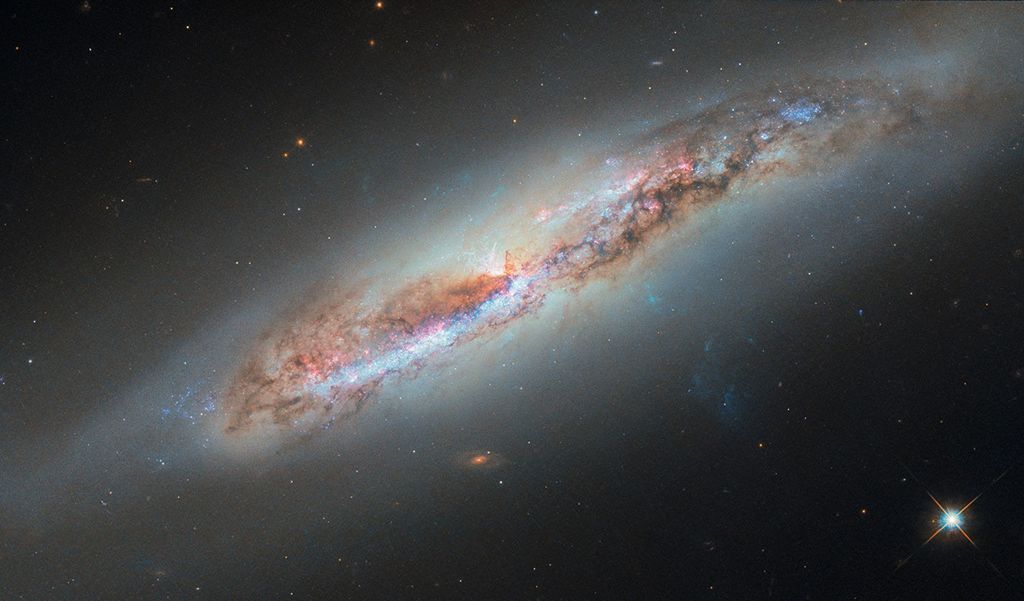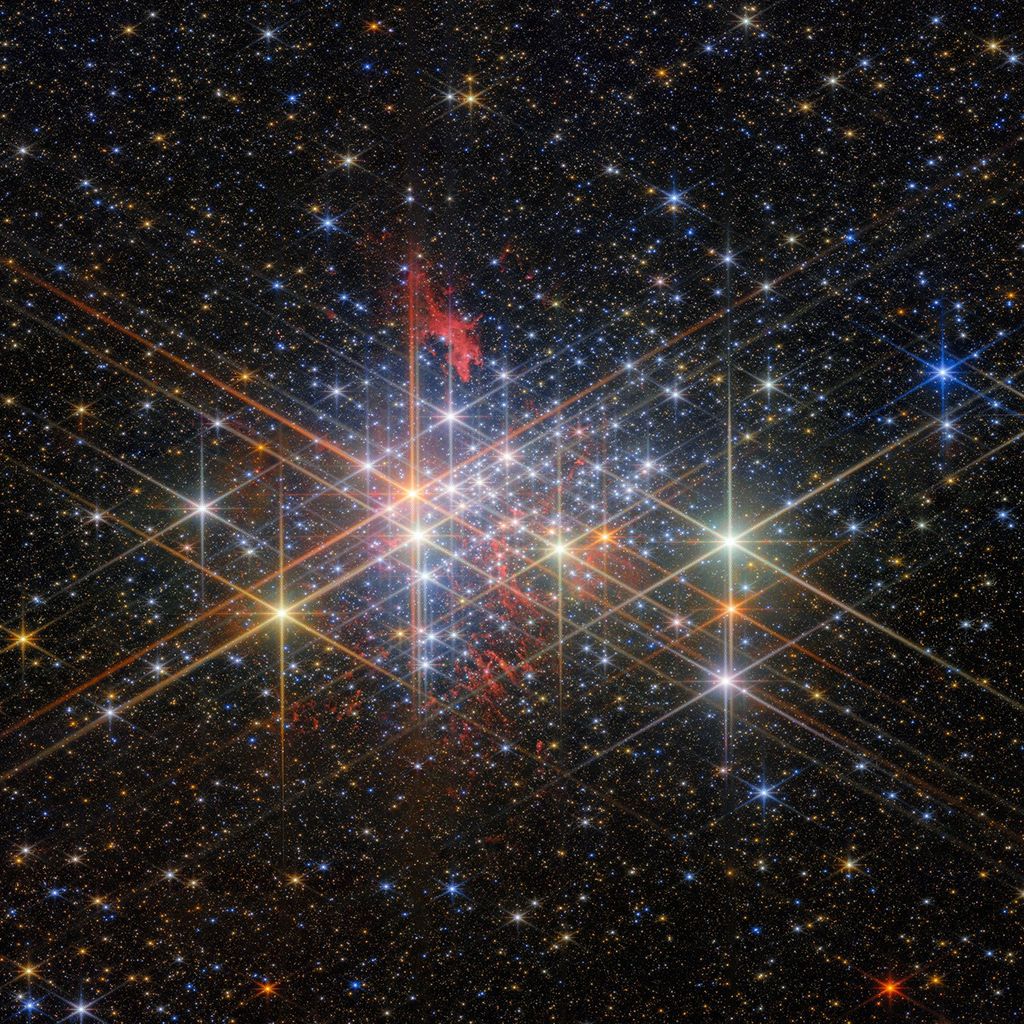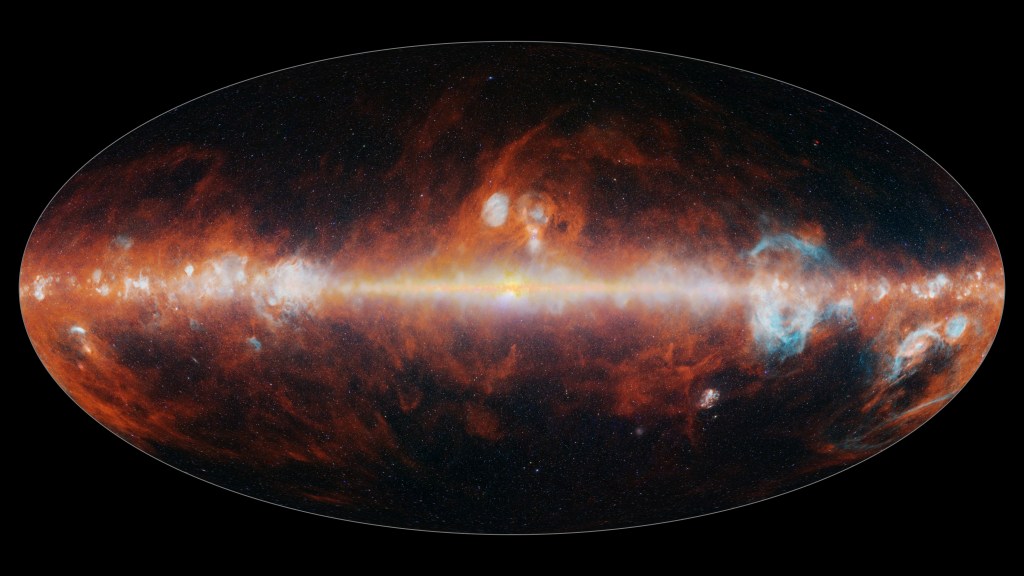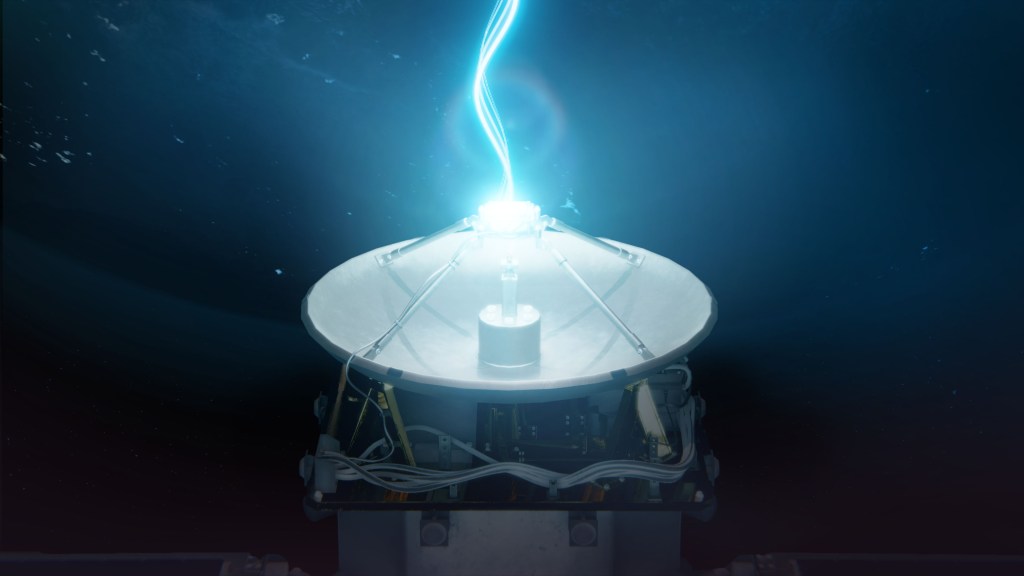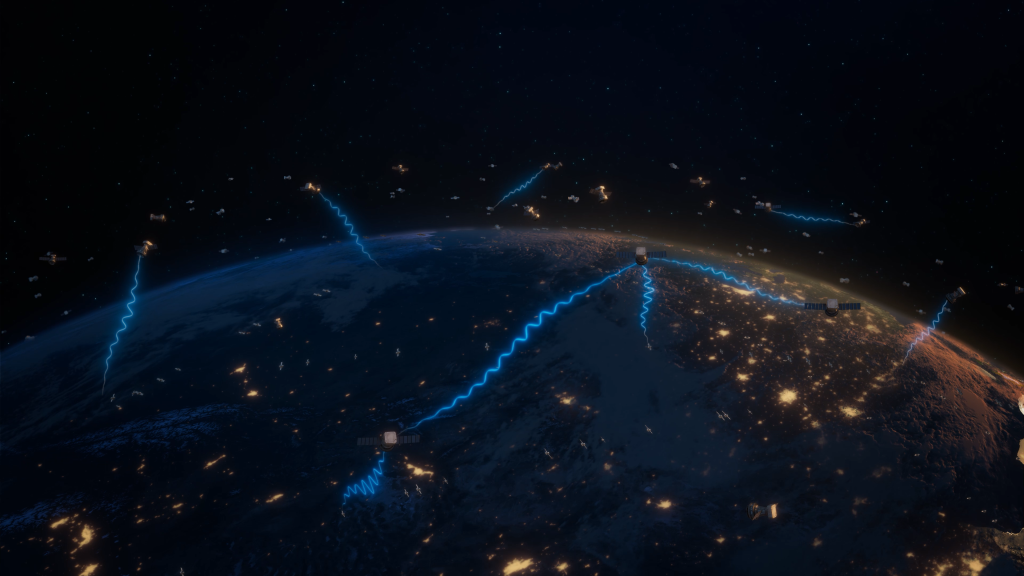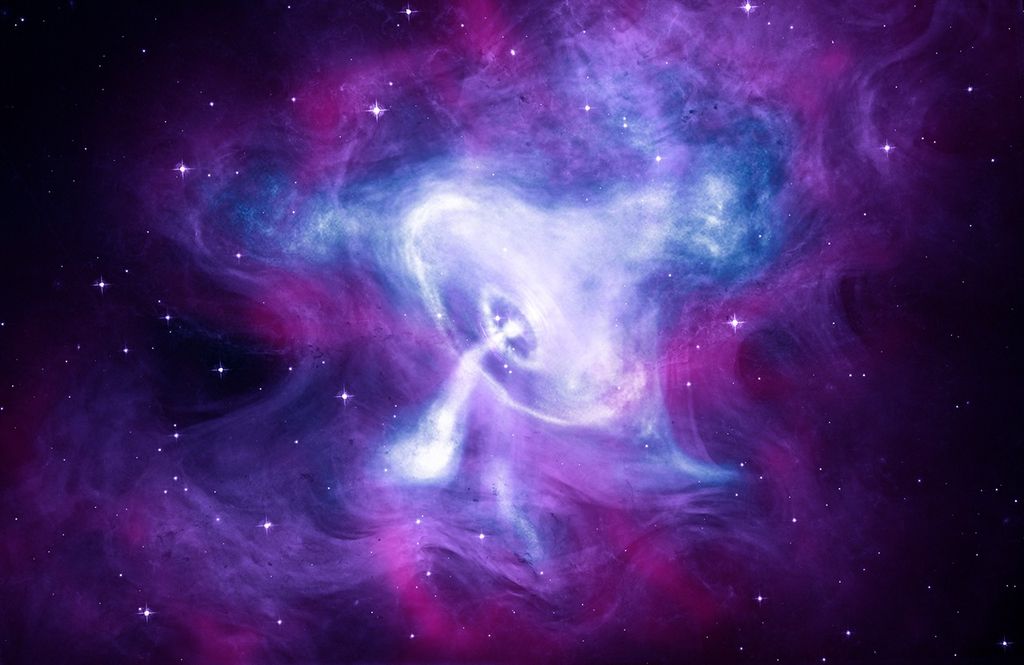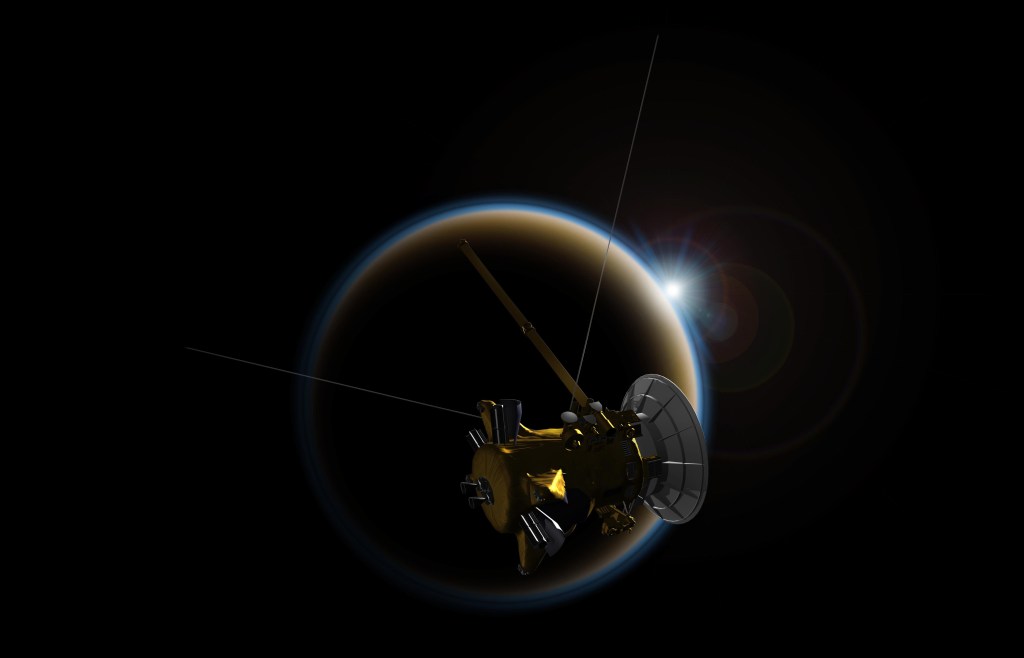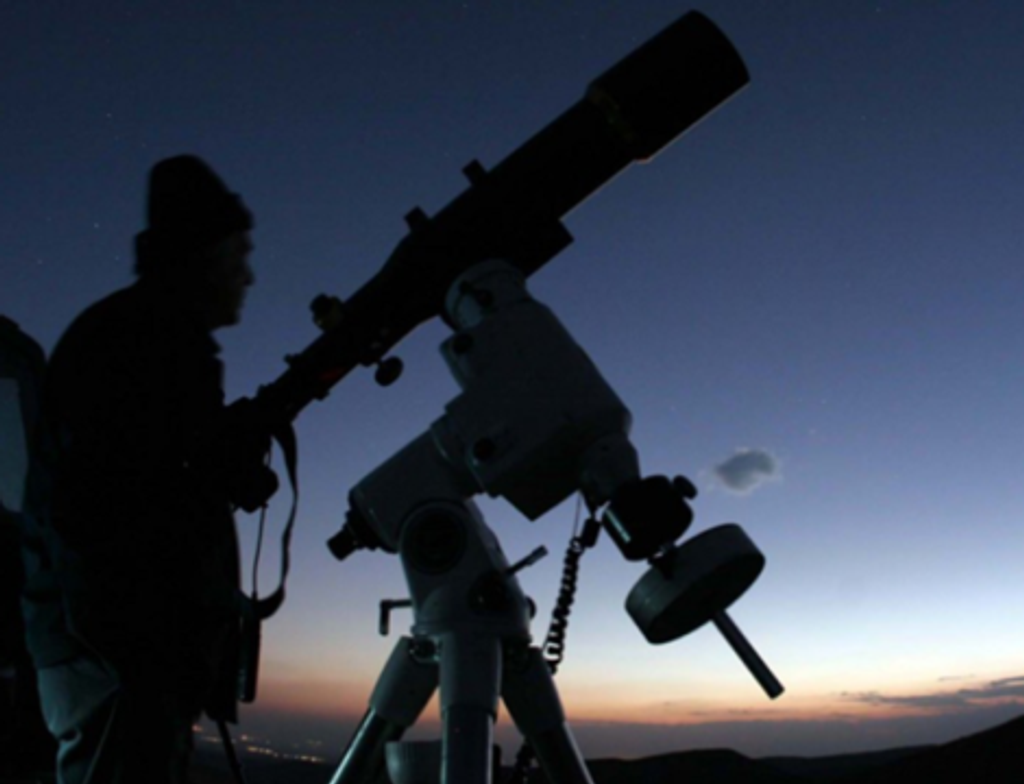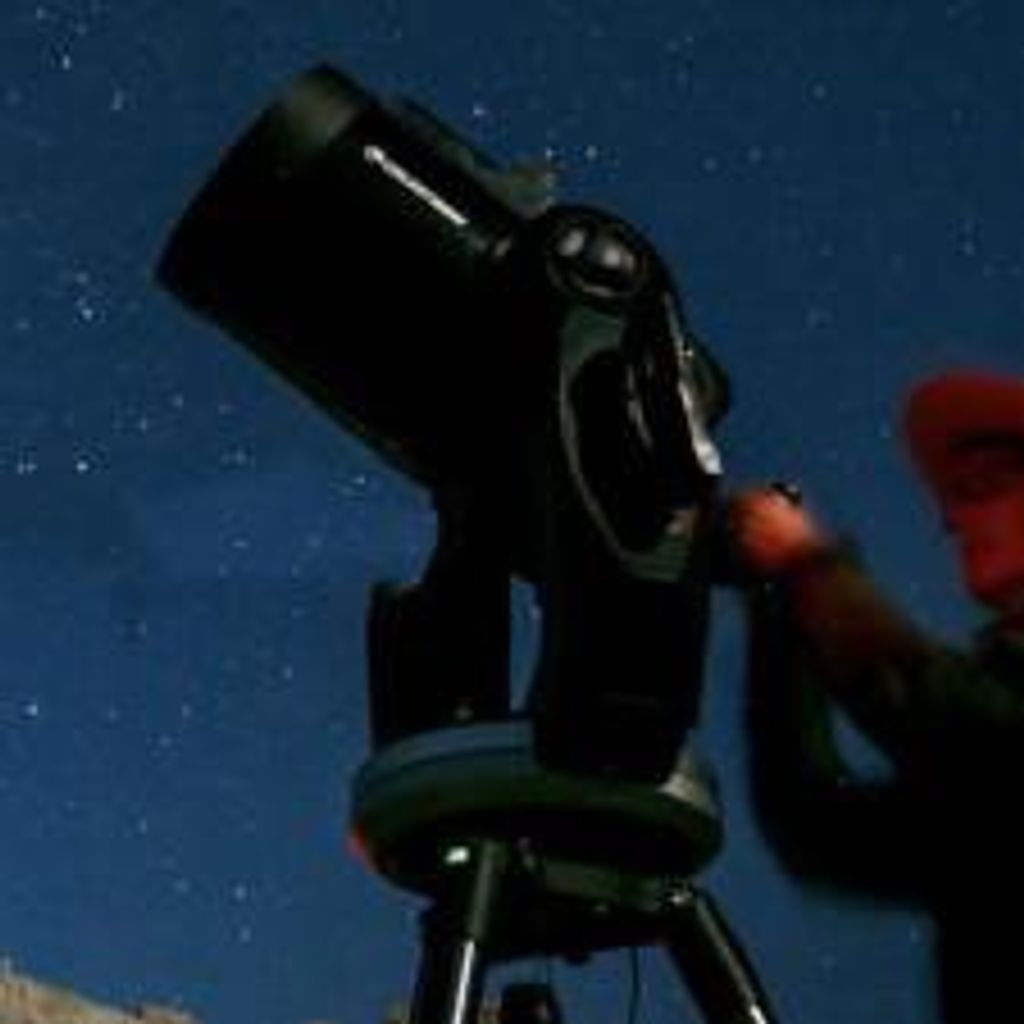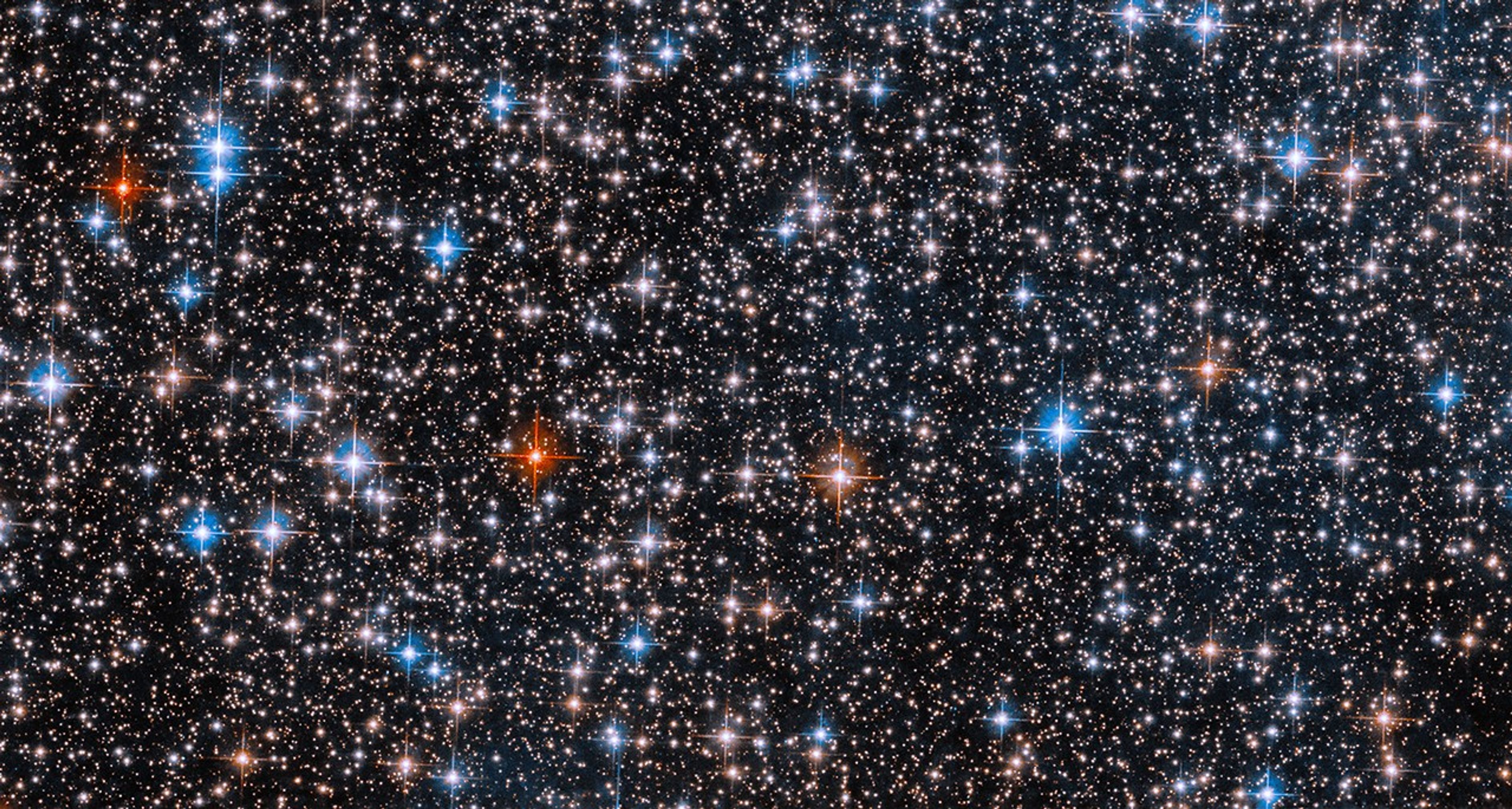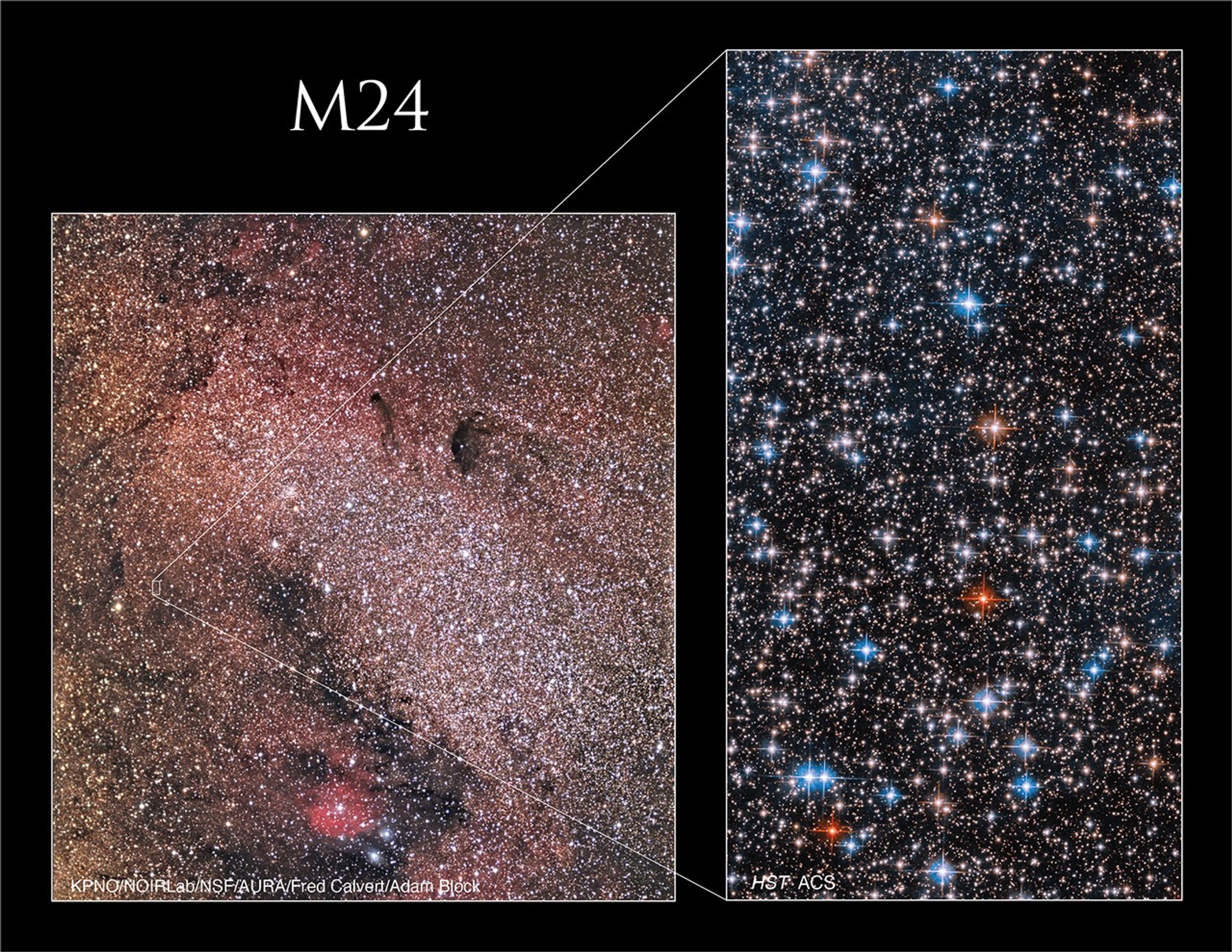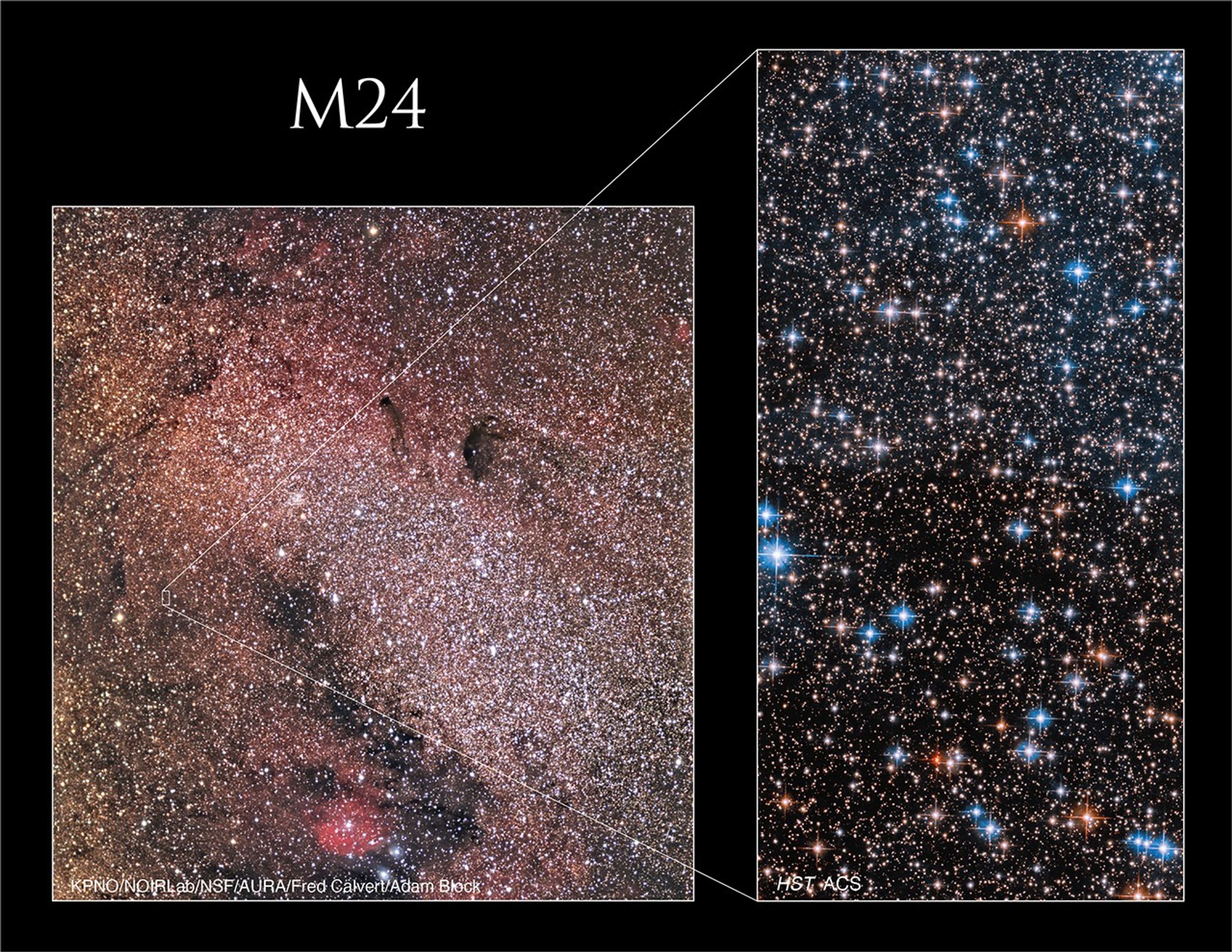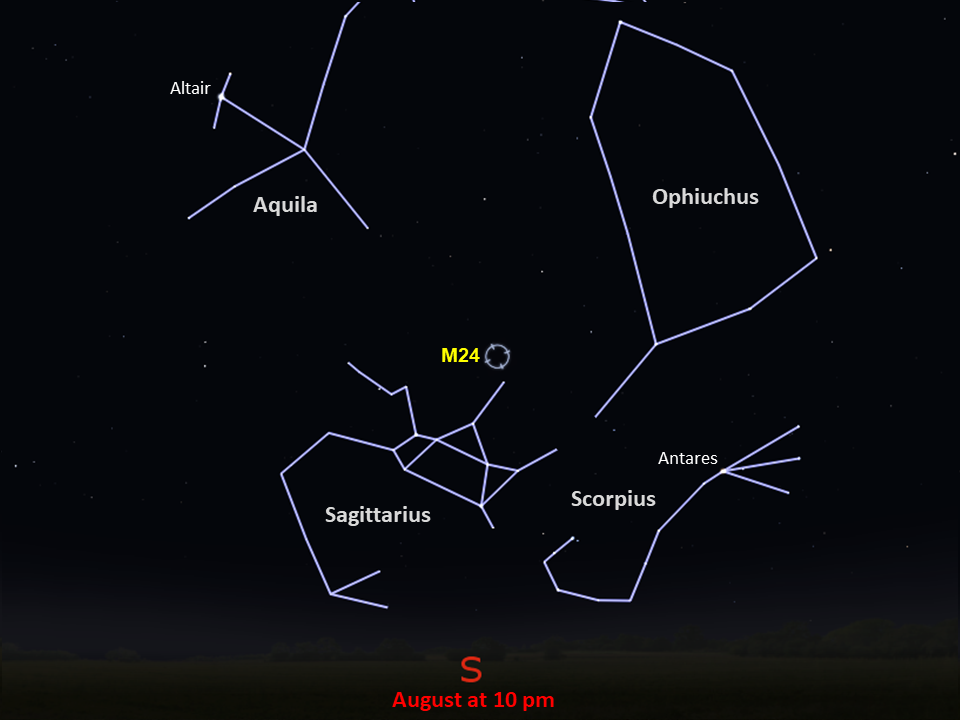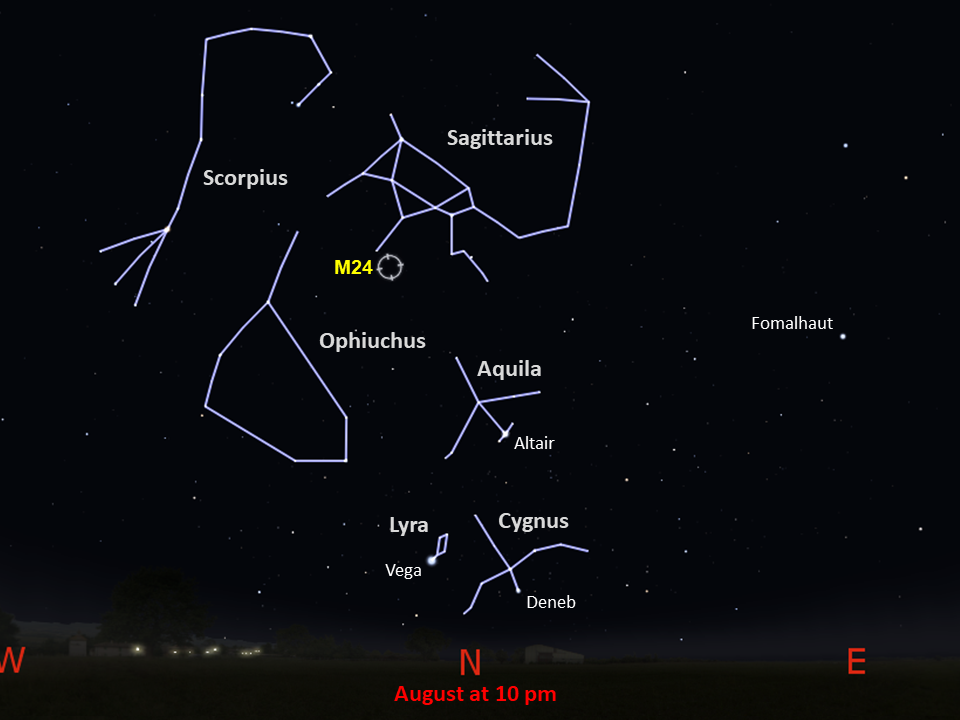Messier 24
The Small Sagittarius Star Cloud provides a window into the depths of the Milky Way galaxy
distance
10,000 light-years
apparent magnitude
4.6
constellation
Sagittarius
Object type
Star Cloud
Messier 24 (M24) is unusual for being not a specific object but a strikingly clear space between dust clouds through which a glittering host of stars are visible: a glimpse into the Sagittarius spiral arm of our Milky Way galaxy. From where our solar system resides, clouds of cosmic dust obscure our view into the Milky Way, but the Small Sagittarius Star Cloud ― as M24 is also known ― provides a tunnel-like view into the starry depths of our galaxy. The 600-light-year-wide window opens onto stars some 10,000 to 16,000 light-years distant. A tiny portion of the star cloud is visible in this pair of Hubble views of the region, yet a multitude of different types and colors of stars are apparent. The entirety of M24 encompasses a number of nebulae and star clusters (not visible in these close-up images).
Charles Messier entered M24 in his catalog of night sky sights in 1764, terming it “a large nebulosity in which there are many stars of different magnitudes.” It appears as a hazy patch with the unaided eye, though binoculars or a telescope can resolve its stars.
These Hubble images were taken as part of a study of preplanetary nebula ― a brief, dim, and infrequently seen early stage in the death of a Sun-sized star. Planetary nebulae are glowing, intricate remains of Sun-sized stars, so called because early astronomers thought they looked like planets through telescopes of the time. In the preplanetary nebula stage, the star has shed its outer layers of gas, but the star’s core is not yet hot enough to ionize those layers and cause them to glow.
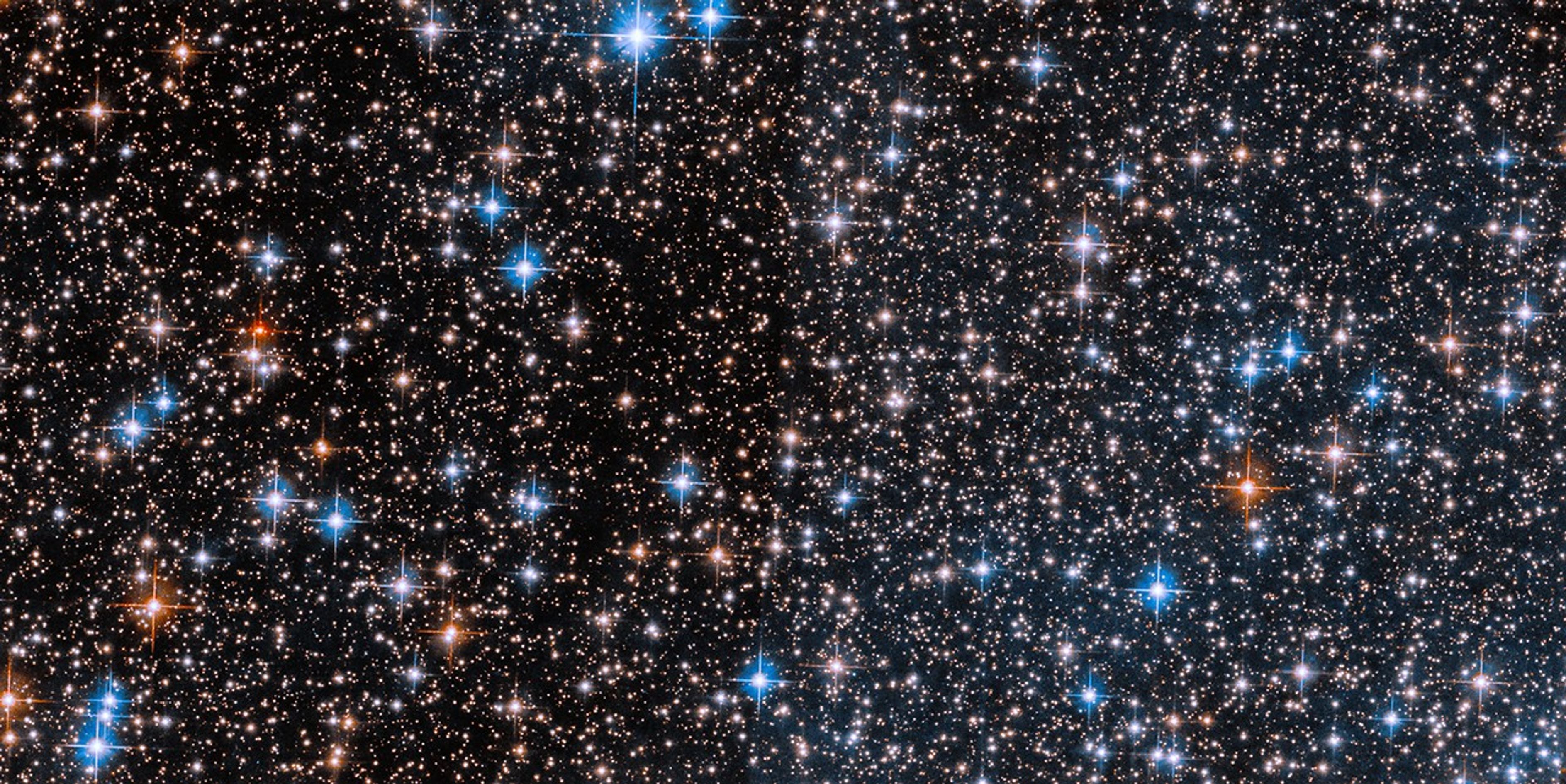
In the night sky, the Small Sagittarius Star Cloud is about nine times larger than the Moon. Its dense concentration of stars can be seen in binoculars, but telescopes will better resolve the stars into a jewel-like collection of varying brightnesses. The best time to observe it is during summer months in the Northern Hemisphere. It is in the winter sky for Southern Hemisphere observers. It is located south of Messier 17, or the Omega Nebula.
Explore Hubble's Messier Catalog
The following pages contain some of Hubble’s best images of Messier objects.

Overview The Messier catalog, begun by astronomer Charles Messier in the 18th Century and revised over the years, includes some…
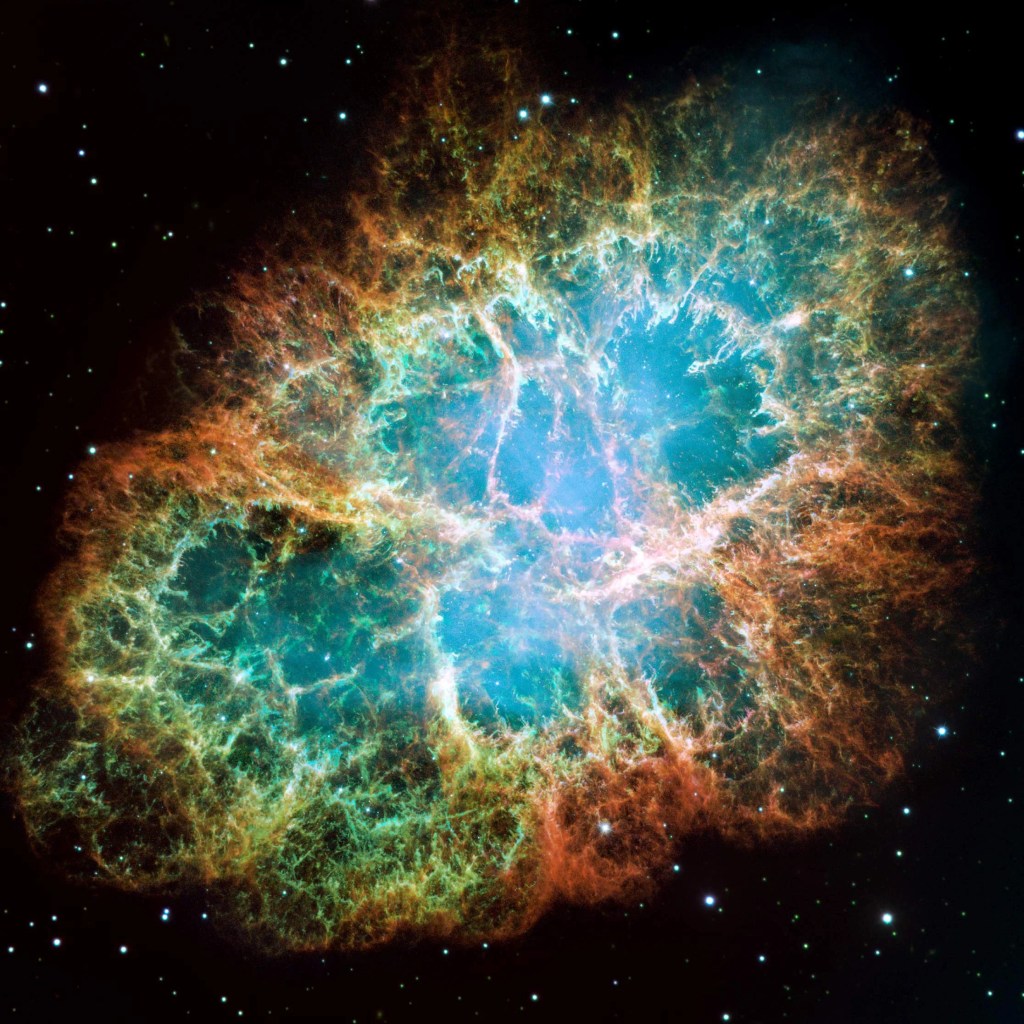
Better known as the Crab Nebula, Charles Messier originally mistook Messier 1 for Halley’s Comet, which inspired him to create…
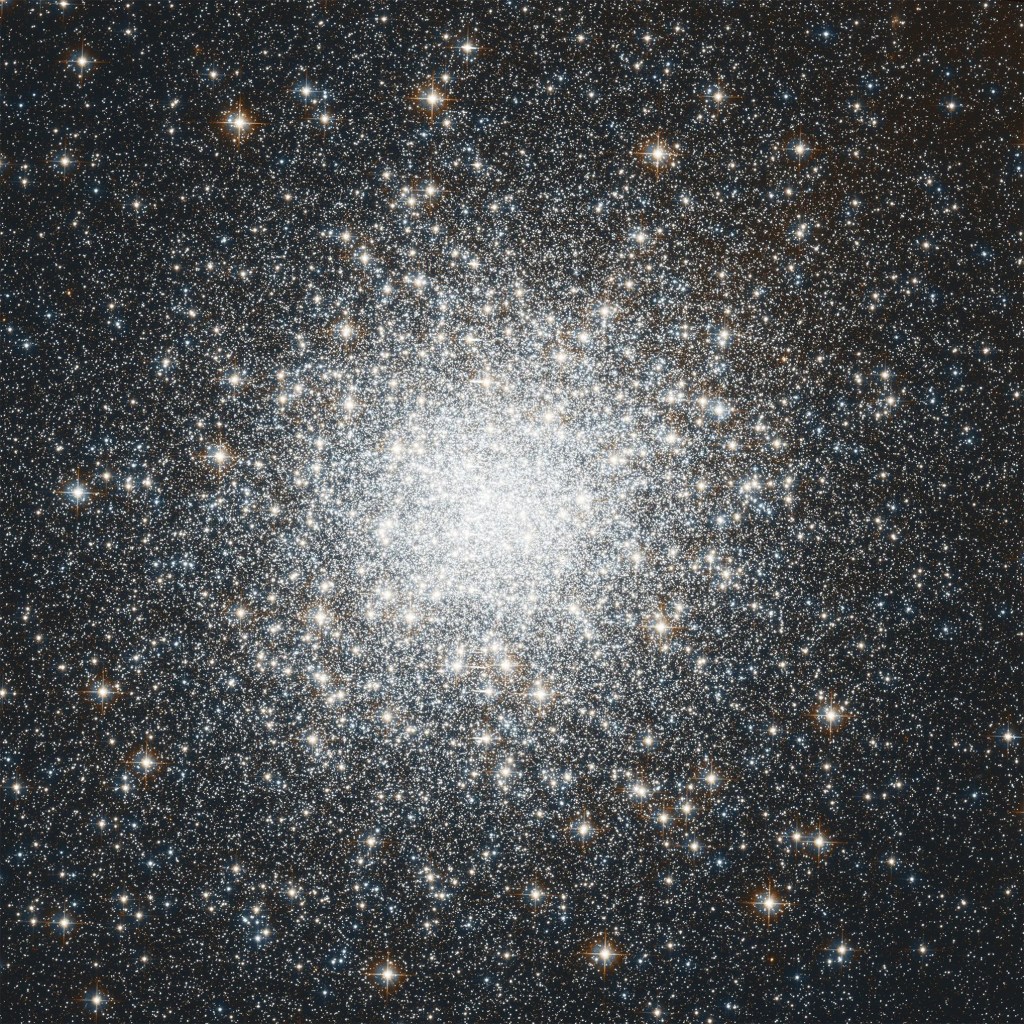
Hubble's image of Messier 2 is comprised of visible and infrared wavelengths of light.

